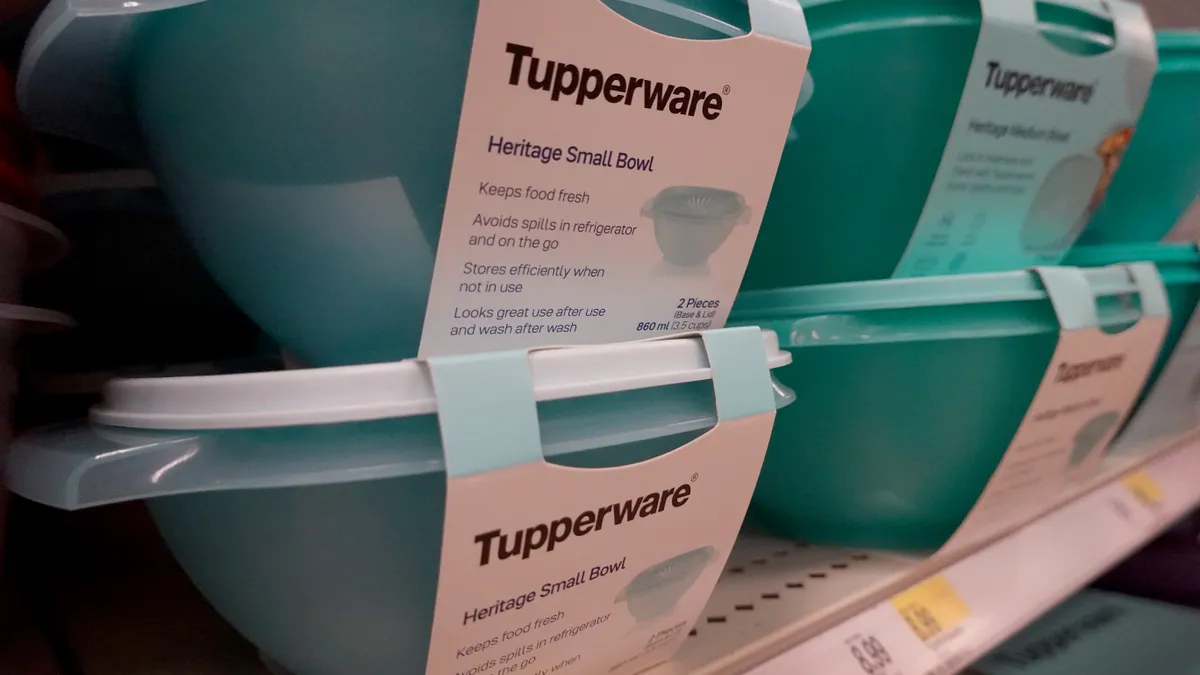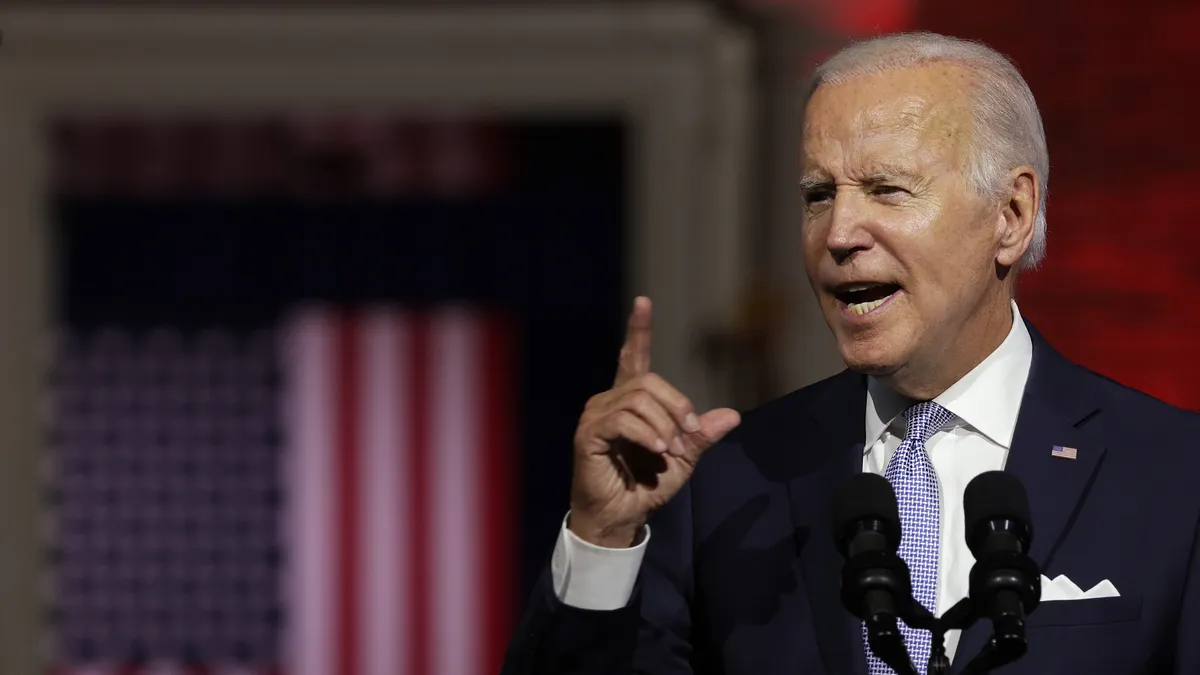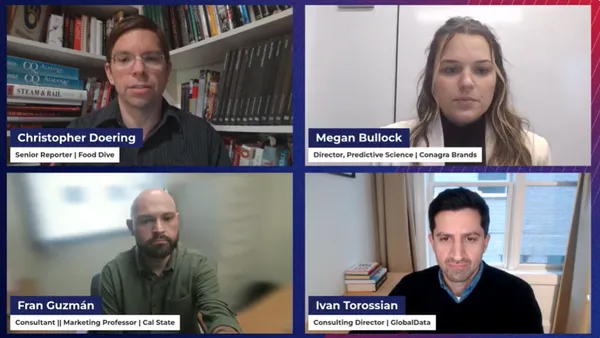Dive Brief:
- Tupperware and six of its subsidiaries filed for Chapter 11 bankruptcy in a Delaware federal court on Tuesday, according to the company’s press release.
- The plastic container maker is pursuing court approval to continue its operations amid the proceedings, the company stated in the release.
- Tupperware is also attempting to sell the business in a bid to protect the brand and position the company for the future.
Dive Insight:
Tupperware cited shifting consumer behavior, anti-plastic sentiment, marketing deficiencies and underdeveloped infrastructure as factors behind the bankruptcy filing, accoring to the company’s bankruptcy filing. As of Sept. 17, the company has $811.8 million in debt.
Over the last few years, the company faced several key challenges that caused revenue to decline more than 16% year-over-year in 2022 and 2023, Chief Restructuring Officer Brian Fox stated in the court filing.
In June, Tupperware announced it was shuttering its last U.S. manufacturing facility in Hemingway, South Carolina, laying off 148 people by January 2025. Tupperware will transition the Hemingway plant’s production to its Lerma, Mexico, plant by year’s end.
The plastic manufacturer was established in 1946 and became a popular household brand over the next several decades. However, growth slowed in recent years, according to the filing.
While the plastic container maker has a robust product portfolio, it spent only 1% on marketing, especially online. Instead, the company depends on its independent consultants, known for throwing “Tupperware parties,” to distribute and market its products. Tupperware’s direct-selling business model accounted for nearly 90% of its sales in 2023.
In 2020, the company implemented a “turnaround plan” focused on operational rightsizing, reducing overhead costs and optimizing the supply chain for better profitability. It divested non-core businesses, including the sale of beauty brands and non-core real estate. Tupperware also re-evaluated its business model.
The plan started out successful for Tupperware as it led to the company signing a credit agreement in 2021 with several bank lenders. However, the success didn’t last and the credit agreement accelerated the company’s financial obligations, according to a securities filing. Tupperware had to amend the agreement seven times to obtain “greater financial flexibility,” the declaration stated.
In August 2023, Tupperware signed a debt restructuring agreement that reorganized the company’s capital structure. In February, it missed a payment under the contract, which pushed it into forbearance the following month. This contract also led to three amendments in 2024.
Nevertheless, Tupperware couldn’t fully upright itself as liquidity constraints worsened under rising interest rates, limiting the company’s ability to address its obstacles, according to the declaration.
Tupperware currently employs over 5,400 employees in 41 countries, according to court filings. The plastic container maker also has manufacturing plants in Argentina, Brazil, South Africa, Portugal, Belgium, India, Indonesia, Malaysia, China and South Korea.












